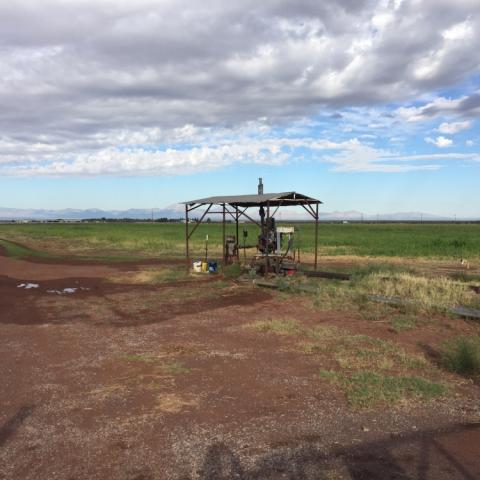
Groundwater, which has been used to irrigate crops, satiate livestock and quench thirst in general for thousands of years, continues to be a vital resource around the world.
But according to research by Scott Jasechko and Debra Perrone, assistant professors at UC Santa Barbara, and their colleagues at the University of Saskatchewan and the University of Arizona, the world’s supply of fresh water may be more limited than previously thought.
Their findings, which appear in the journal Environmental Research Letters, documents the depths at which groundwater transitions from fresh to saline. The paper is the first to compare the depth of groundwater wells to the depth of saline groundwater that exists at the continental scale.
Like tea brewing in a kettle, the longer water stays in contact with rock, the more likely minerals in the rock may dissolve into it. This creates a gradient of salinity, from fresh waters at the top through brackish and into saline conditions as you sample farther down. This latest work demonstrates that drilling increasingly deeper wells risks pumping saline water in some regions. “In some places, saline groundwater is shallower than previously thought,” said Jasechko, an assistant professor at the Bren School.
“A major takeaway from this work is that fresh waters are finite,” he continued, “that overusing fresh water can disrupt food production, manufacturing and household water supplies.”
Read full story at: The UCSB Current
Credit: Harrison Tasoff




